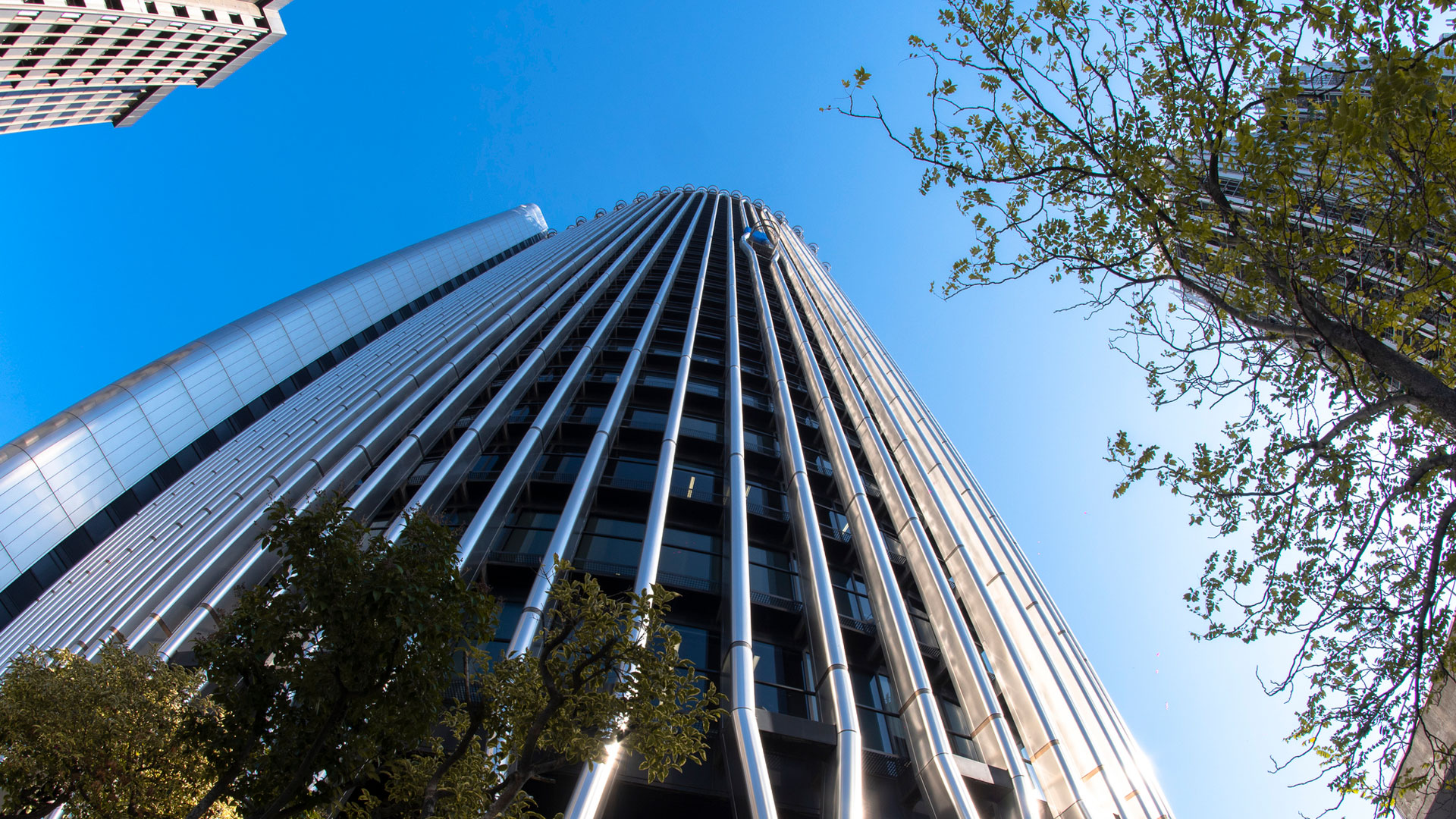18.06.2019 | The beginnings of nuclear energy in Switzerland
"The most independent, reliable energy supplier"
In 1945, atomic bombs were shaking the world. Just twenty years later, the Swiss Federal Council and the Association for Nature Conservation enthusiastically support NOK's (now Axpo) decision to build the first nuclear power plant in Switzerland. Expectations connected with the peaceful use of nuclear energy were euphoric.
Since 1969, Beznau, the first nuclear power plant in Switzerland, has been producing power safely and reliably on the Aare River peninsula. Unit 1 and its identical twin Unit 2, which went on grid in 1971, each cost CHF 350 million at that time. Since then Axpo (formerly NOK) has invested over two and half billion Swiss francs to keep the Beznau nuclear power plant in state-of-the-art condition and to fulfil the highest possible safety standards as required by Swiss and international supervisory authorities. KKB will stay on grid as long as safety is guaranteed and continue to produce valuable base-load energy. After that, it will likely be the second nuclear power plant in Switzerland to be dismantled after Mühleberg. It represents a quiet ending for a technology that was so enthusiastically celebrated in the 1960s by leftists and environmentalists.
From curse to blessing
The transition from curse to blessing took place quickly: After the destruction of Hiroshima and Nagasaki in 1945 during the last year of World War II, the World Expo in Brussels presented an exhibition on the peaceful use of atomic energy. The exhibit was located in the over 100-metre high Atomium, the Expo symbol reflecting the hopes of science and politics: An inexhaustible, cheap, cost-free energy source that would forever solve the energy problems of man had been found in nuclear energy.
Initially the Swiss electricity industry was not swept up in the euphoria. In the early post-war years, it continued to focus on the expansion of hydropower and began – in order to resolve the recurring problem of winter power shortages - planning new thermal power plants. At Beznau, the first and largest oil-fired gas turbine plant in Europe was already on grid in 1948. NOK featured as a pioneer with the intention of marking the beginning of a new era. Thermal power plant technology was proven, making it possible to precisely calculate costs and profitability. Rather than nuclear technology, the electricity industry saw this power plant type as the solution for the ever-increasing demand for electricity in the country.
«The Federal Council was convinced that keeping pace with atomic research was vital and critical for Switzerland.»
In contrast, the Federal Council was convinced that keeping pace with atomic research was vital and critical for Switzerland. Nuclear energy could decrease the feared dependency on foreign countries whilst opening a new market for the Swiss machine and instrument industry, for example in reactor development, measurement instruments or reactor parts. The government approved millions in research funds and feverishly, albeit unsuccessfully, launched the search for uranium in the Alps.
Turnkey US nuclear power plants
A stone's throw away from Beznau in Würenlingen, two test reactors went into operation at the Swiss Federal Institute for Reactor Research (today the Paul Scherrer Institute, PSI). The social democratic Federal Councillor Willy Spühler exerted even more pressure. At a meeting of the Swiss Electrotechnical Association (SEV) in 1963 he evoked the benefits of atomic energy for Switzerland: "With this technology, our electricity industry could succeed with justifiable pride in being the most reliable and most foreign-independent supplier of energy in the future."
«At a meeting of the Swiss Electrotechnical Association in 1963 Federal Councillor Willy Spühler evoked the benefits of atomic energy for Switzerland.»
At that time, the electricity industry had already somewhat overcome its reservations toward nuclear power. It realised that thermal power plants as well as new hydropower plants would be met with resistance by environmentalists. Furthermore, construction costs for large storage power plants in the Alps were exploding. The large Swiss electricity suppliers joined forces with the Swiss machinery industry and planned a Swiss test nuclear power plant in Lucens between Yverdon and Bulle.
Euphoria over nuclear energy
However, once again, it was NOK that acted. As the US companies General Electric and Westinghouse began offering turnkey nuclear power plants, NOK seized the opportunity. At the beginning of 1964 it announced that it would build a Westinghouse pressurised water reactor at Beznau. The Federal Council was delighted and the Swiss Conservation Association (SBN) reasserted: "The nature conservation council (...) supports the direct step to harness atomic energy as expressed on numerous occasions by the Federal Council and the SBN..." The industry reacted with euphoria: At the end of 1964, Elektrowatt acquired land for a reactor project in Leibstadt. Between 1965 and 1972, the projects in Verbois near Geneva and Kaiseraugst were announced, in 1967 Beznau 2, in 1968 a second BKW project in Graben, in 1969 an Atel project in Gösgen, in 1971 a third NOK project in the Rhine Valley in St Gallen and in 1972 a CKW project in Inwil, Lucerne. The trust in progress and growth was at its high point, the economy was booming, the first man had set foot on the moon and only a few months later Beznau 1 was producing the first electricity in Switzerland generated from nuclear energy.





